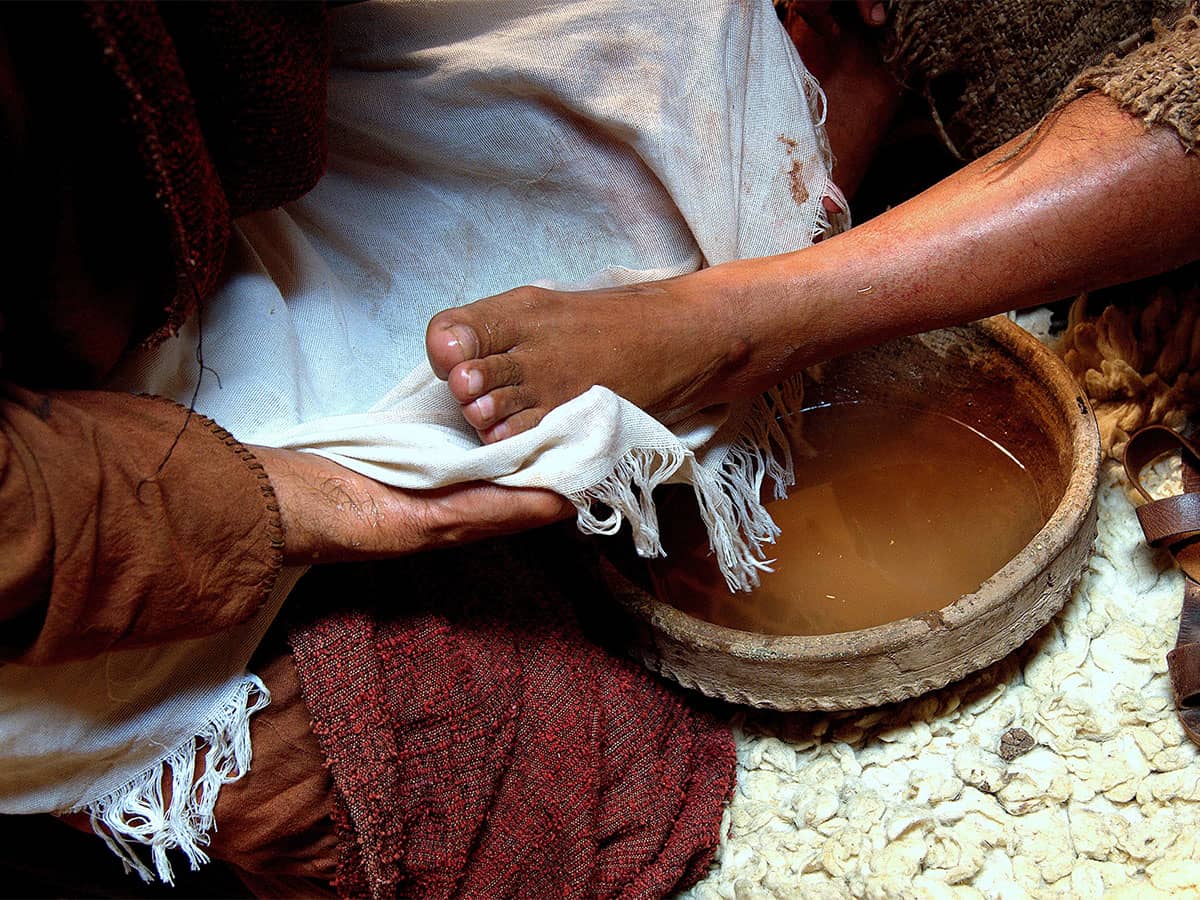
All Christians know that Jesus died on the cross, was put in the tomb, and rose on the third day. When others went to His tomb, His body was no longer there. Christianity doubters and atheists want everyone to think that Jesus didn’t rise from the dead. However, with the help of historians from Jesus’ time, there’s documentation of the crucifixion, how Christ’s body suddenly disappeared, and the Resurrection. This information is essential because all of Christianity’s power hinges on the Resurrection. For centuries, critics have been coming up with scenarios to explain away the fact that the Resurrection happened. Here are some theories that try to downplay the Resurrection and why they aren’t true.
Mandrake theory.
A mandrake is a plant root, usually grown from plants of the genus Mandragora in the Mediterranean region or other varieties. One of them is Bryonia alba, the English mandrake, which has a similar makeup. The plants from which the root is found are also called “mandrakes.”
In a documentary titled “Jesus: The Complete Story,” Sue Minter, curator of the Chelsea Physics Garden, says, “There’s an essential ingredient in the Mandrake root called hyoscine, one of the significant pre-med’s used nowadays. It has a potent effect on the central nervous system and renders people as if they are dead. It makes them entirely insensible for pain.” Essentially, the Mandrake theory believes that someone, likely Roman soldiers, gave Jesus Mandrake root and rendered him motionless as if he was dead. Matthew 27:48 says, “Immediately, one of them ran and got a sponge. He filled it with wine vinegar, put it on a staff, and offered it to Jesus to drink.” John 19:28-30 echoes this sentiment.
The Mandrake theory states that the Roman soldiers gave Jesus a Mandrake concoction, pretended to stab him, and placed Him in the tomb, where He was found by His follower a few days later to fake the Resurrection. If this theory were true, it would involve Roman soldiers conspiring with Jesus’ followers and knowing exactly how much Mandrake root to give Jesus. Comparable to “Goldilocks and The Three Bears,” their concoction would have to be just right.
Wrong tomb theory.
This theory states that everyone stumbled across the wrong tomb, which was already empty, and assumed that Jesus ascended. However, Indiana doctor Joseph Bergeron says that this theory can’t be true. He’s studied Jesus’ Crucifixion and what came after for a decade. He even wrote about it in “The Crucifixion of Jesus: A Medical Doctor Examines the Death and Resurrection of Christ.”
Bergeron questions why anyone would see an empty tomb and assume that Jesus ascended, saying, “Going to a wrong tomb and finding it empty doesn’t present to anybody’s mind that the person resurrected from the dead. Nobody thinks that an empty tomb means somebody’s resurrected from the dead. That’s a nonsensical notion.”
Bergeron says that instead, people would assume that someone came and stole the body. For example, in John 20:1-2, Mary Magdalene happens across the empty tomb and runs to get Simon Peter, telling him the body was missing.
Alex McFarland, a defender of the Christian faith, brought out another good point, saying, “Pilate had dispatched a cadre of Roman soldiers to guard the tomb,” he stated. “Clearly, they knew which tomb it was.” McFarland also pointed out that a lot more would’ve had to happen for the disciples to explain their sudden belief in the resurrected Christ than an empty tomb. Suddenly, they start preaching that Jesus is alive, and they’re ready to die for their faith. That wouldn’t happen if they mistakenly went to the wrong tomb.
Swoon theory.
The swoon theory says that instead of dying on the cross, Jesus simply passed out, woke up in the tomb, and escaped. However, this theory can’t be true because, according to McFarland, no one survived Roman crucifixion in those times. He referenced historian Flavius Josephus, who was alive after Christ’s time on earth. Josephus says only one person survived the cross, but they died 24 hours later. There were also numerous witnesses to Jesus’ body being taken off the cross. Surely they would know the difference between a dead man and an unconscious one.
Stolen body theory.
The stolen body theory says that the disciples who ran in terror following the crucifixion then decided to steal Christ’s body from the tomb and came up with the Resurrection story. However, McFarland points out that the disciples would’ve been going up against the strongest soldiers of the ancient world and scared for their lives, so it’s unlikely they would try to pull something like this off.
McFarland also added that a Roman soldier faced execution if he didn’t complete his assignment. There’s no way the disciples could have paid off a Roman soldier or overcome them physically. He also doubted that Roman soldiers would be asleep on the job. Bergeron added that Roman military discipline was harsh; if a Roman soldier were found sleeping on watch, his superiors would have beat him to death.
Also, consider what the disciples would have to go through to steal Christ’s body. They would have to sneak past Roman soldiers, roll the stone back, and take Jesus’ body from the tomb. It’s doubtful that they would accomplish all of this without getting caught, a risk that they likely would be too afraid to try.
So why believe any of these theories instead of thinking that Jesus truly resurrected and ascended into Heaven? Jesus did say that He would be restored, specifically in John 8:24. When you start digging into these false resurrection theories, they can easily be explained away with biblical explanations.
After a decade of research, Bergeron says he’s more convinced that what Christians believe is true and accurate. Like millions of other people, Bergeron and McFarland say the best explanation for why Jesus’ body was missing from the tomb Easter morning is the same sentiment that Christ’s disciples have said for centuries: He came alive and left the tomb.

